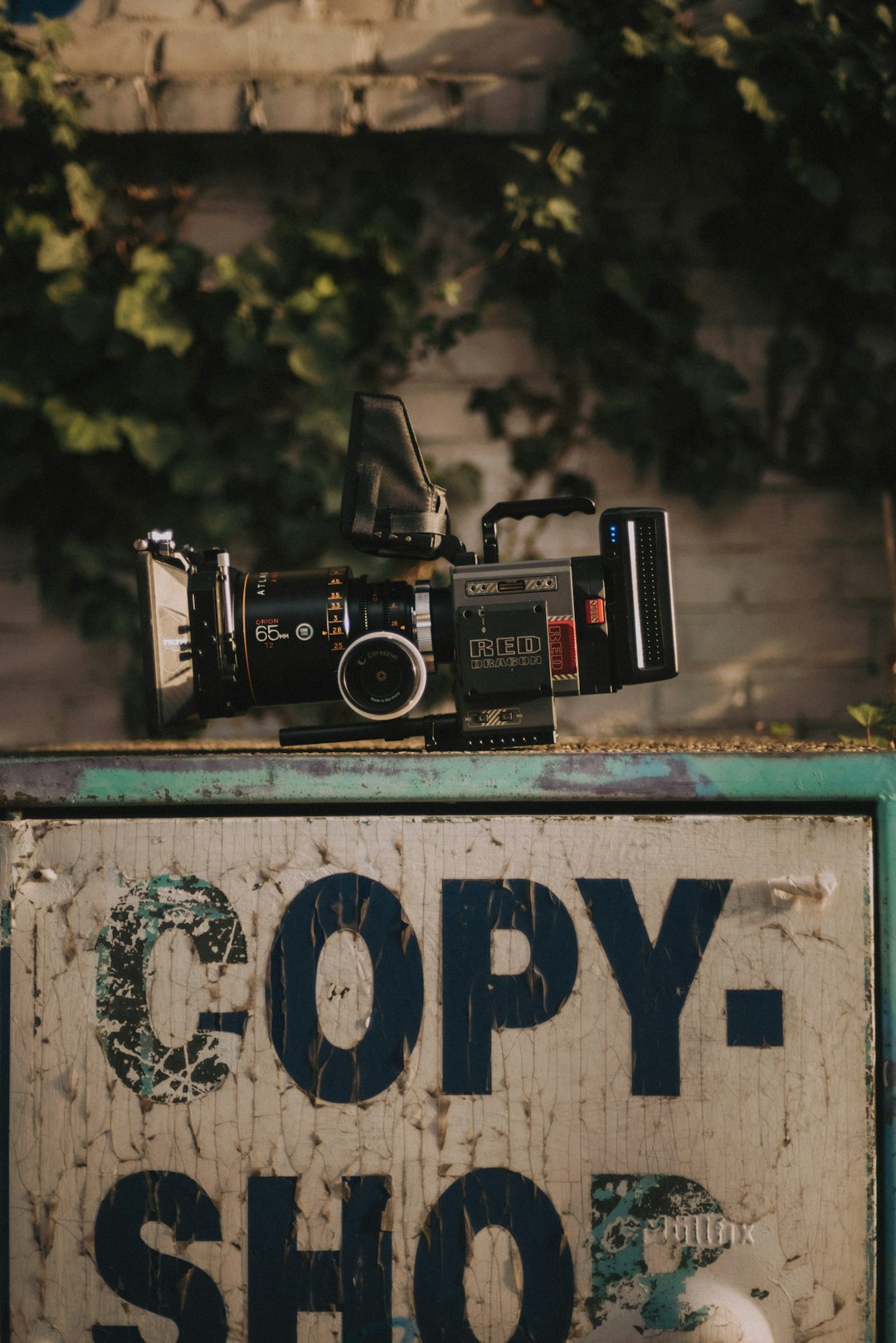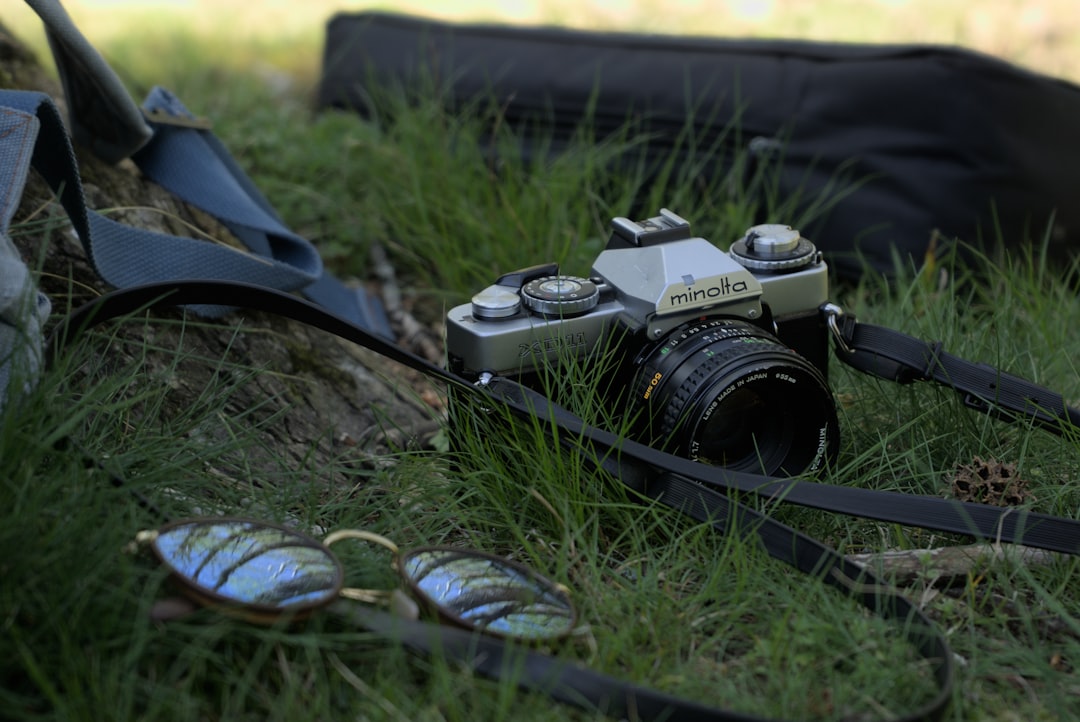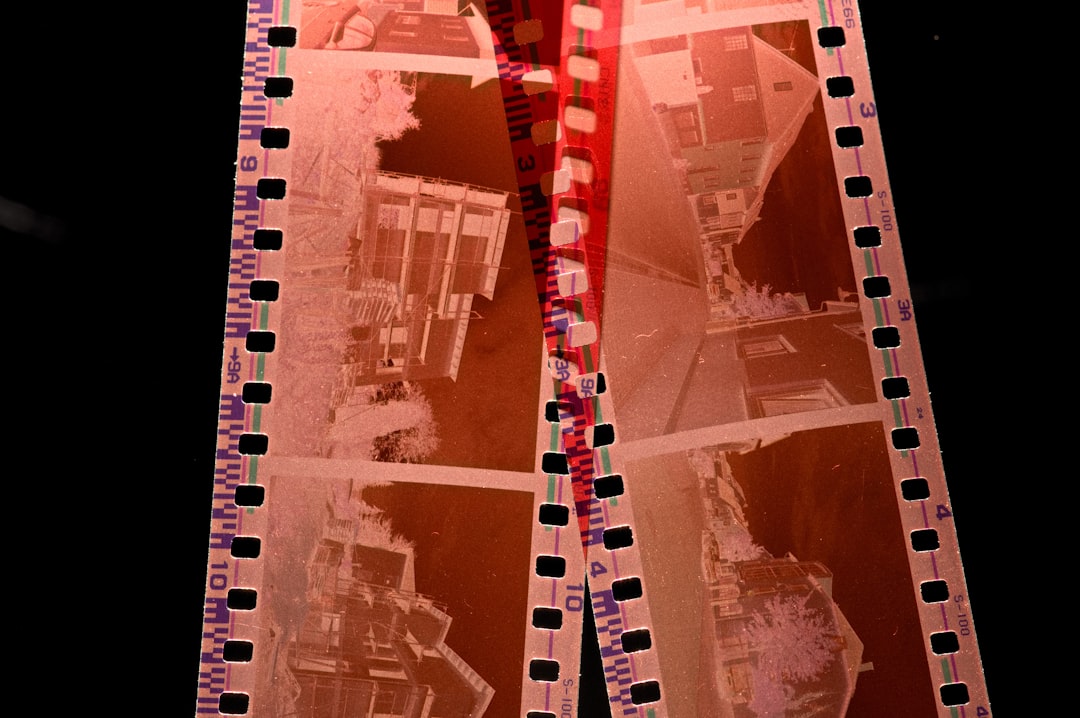In the digital age where smartphones and digital cameras dominate, film photography continues to hold a timeless appeal. For beginners, diving into film may seem daunting—but with the right gear and a basic understanding, it becomes an accessible and incredibly rewarding experience. This article introduces the essential gear you need to get started with film photography, based on quality, accessibility, and ease of use.
Why Choose Film Photography?
Film photography offers a distinct tactile experience and a uniquely organic aesthetic that digital sensors cannot replicate. From the grain of the film to the process of developing negatives, it encourages a more thoughtful and methodical approach to image-making. It teaches patience, discipline, and an appreciation for the artistry involved in every frame.
Essential Gear List for Film Photography Beginners
Before jumping into film photography, it’s crucial to equip yourself with the right tools. Here’s a comprehensive gear list to help you get started:
1. Film Camera
Your journey begins with choosing a camera. Depending on your budget and level of commitment, there are several types to consider:
- 35mm SLR (Single-Lens Reflex) Cameras: These are widely available, versatile, and great for beginners. Examples include the Canon AE-1 Program, Nikon FM2, and Minolta X-700.
- Rangefinder Cameras: Compact and known for their optical quality, rangefinders like the Leica M series or the budget-friendly Canonet QL17 GIII are excellent choices once you’re more comfortable with manual controls.
- Point-and-Shoot Cameras: For true simplicity, automatic 35mm cameras like the Olympus Stylus Epic or Yashica T4 offer excellent image quality with minimal manual settings.
Pro Tip: Buy from reputable second-hand retailers or inspect used gear before purchasing. Avoid heavy investments until you’ve familiarized yourself with film workflows.

2. Film Stock
There’s a wide selection of emulsions offering different color renditions, contrasts, and grain structures. Choose based on your photographic intent:
- Color Negative Film: Known for its flexibility, great dynamic range, and ease of development. Excellent choices include Kodak Portra 400, Kodak Gold 200, and Fujifilm Superia X-TRA 400.
- Black and White Film: A favorite for its timeless look and control in home development. Consider Ilford HP5 Plus, Kodak Tri-X 400, and Fomapan 100.
- Slide (Reversal) Film: Highly saturated and fine-grained, but less forgiving in exposure. Examples include Fujifilm Provia 100F and Kodak Ektachrome E100.
Beginners are advised to start with ISO 200 to 400 color negative films, which are more tolerant of exposure errors.
3. Light Meter (Optional but Useful)
Many vintage film cameras either lack a built-in meter or have non-functional meters. Having a dedicated light meter helps in ensuring accurate exposure. Choose between:
- Handheld Light Meters: Devices like the Gossen Luna Pro or Sekonic L-308X are reliable tools.
- Light Meter Apps: Smartphone apps like myLightMeter or LightMeter Free use your phone’s camera to estimate exposure settings.
As your understanding of exposure grows, you’ll likely learn to estimate settings via the “Sunny 16” rule, though a meter saves film and eliminates guesswork early on.
4. Film Storage and Carrying Protection
Film is sensitive to heat, humidity, and light. Proper storage prolongs its lifespan:
- Film Canisters: Keep rolls in light-tight plastic or metal containers when not in use.
- Cool Storage: Store unused film in a refrigerator (not freezer) in sealed bags with desiccant packs.
When shooting on the go, a dedicated camera bag or padded insert is crucial for protecting your gear. Keep exposed rolls separate to avoid confusion with fresh film.
5. Tripod (Optional)
While not required for every shoot, a sturdy tripod is indispensable for low-light photography, long exposures, and accurate framing. Compact models from brands like Manfrotto or Benro are portable and beginner-friendly.

6. Lens Cleaning Tools
Maintaining your lens and viewfinder is essential for sharp, clear images. Your cleaning kit should include:
- Lens cleaning fluid
- Microfiber cloth
- Air blower
- Soft brush for dust
Regular maintenance reduces the buildup of dust and fingerprints that can degrade image quality or damage your negatives.
7. Notebook or Exposure Log
Film doesn’t provide EXIF data. Keeping a small notebook to log settings, film stock, location, lighting, and observations for every frame can be incredibly helpful during review and development. Over time, this habit will fine-tune your skills and reflective ability.
Additional Recommendations for Beginners
Practice Good Film Loading Techniques
Improper loading is one of the most common beginner mistakes. Learn the correct method for your specific film camera model, and always advance the film gently to ensure it’s securely loaded.
Understand Exposure Triangle Basics
Film doesn’t offer instant feedback. Mastering the relationship between ISO, aperture, and shutter speed is vital. Begin experimenting with brighter environments and slowly progress to more complex lighting conditions.
Choose a Reliable Lab or Try Home Development
For consistent results, choose a reputable photo lab that understands various film types and offers quality scans. Alternatively, learn to develop black and white film at home for greater control and cost savings.

Final Thoughts
Starting in film photography doesn’t require an expensive setup or special background—just curiosity and some essential gear. By choosing a reliable camera, learning to handle your materials properly, and understanding how to expose film effectively, you’re setting the stage for a lifetime of engaging and meaningful photography.
Film forces photographers to slow down, to compose with intention and shoot with purpose. As you immerse yourself in its world, you’ll find not only a deeper connection with photography but also a community of like-minded artists passionate about keeping analog art alive.
Invest smartly, start simply, and allow the process to guide your progress. Film photography is not just a medium—it’s a journey.



